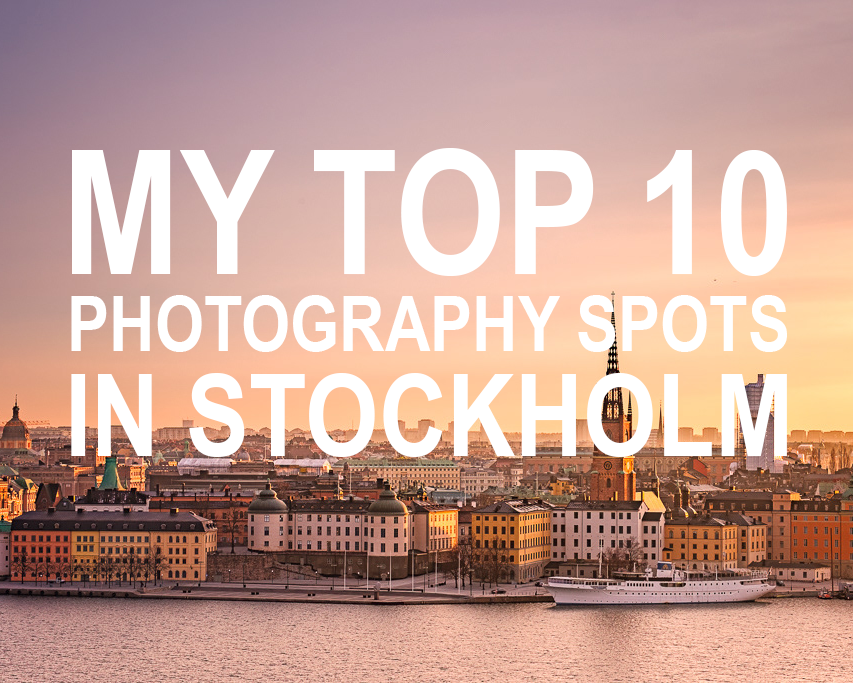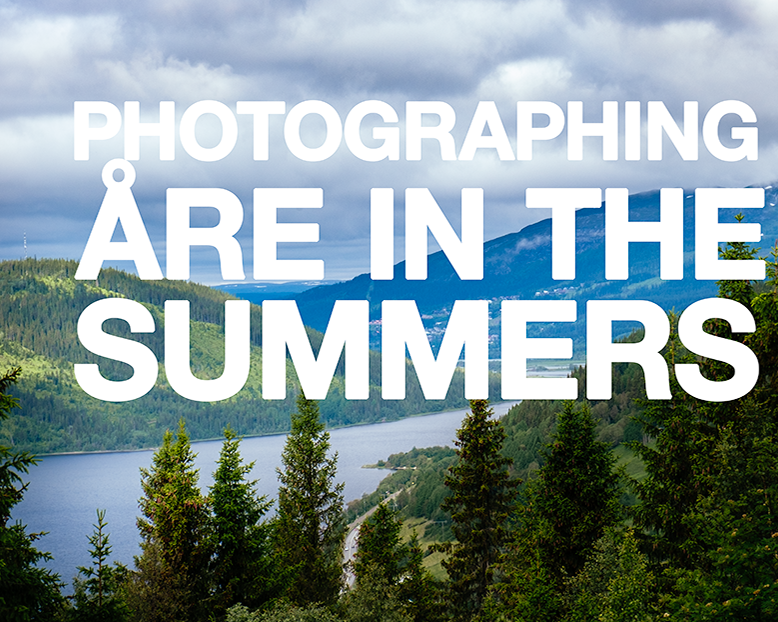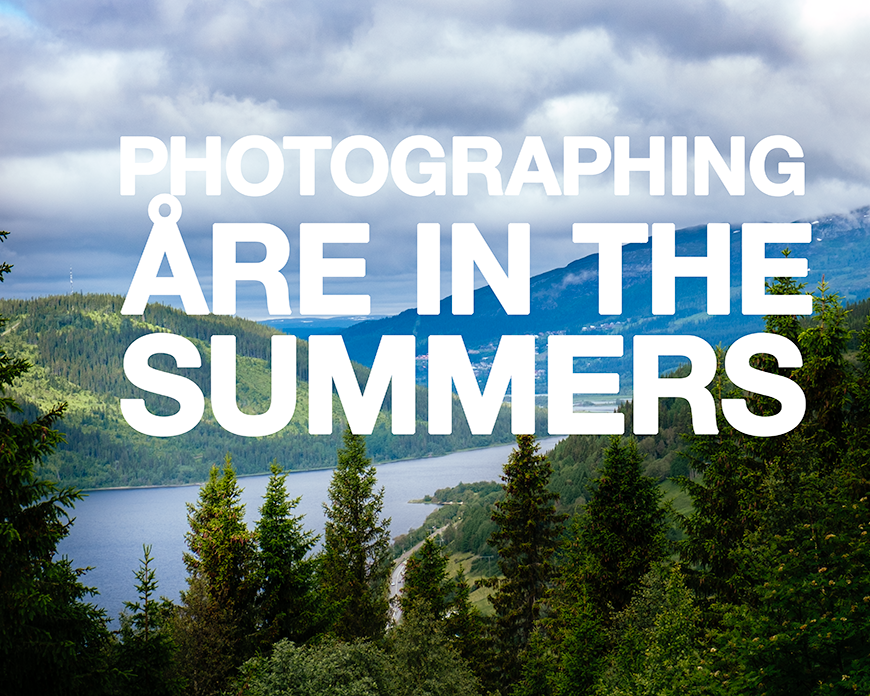Traveling through Tokyo, we found rivers of neon, quiet shrines in morning rain, and streets that pulsed with endless movement yet never collided. A city of rhythm and respect — every moment in balance, every light a story waiting to be caught. These photographs and words are my way of sharing that journey and inviting you to step into the rhythm of Tokyo with me.
First Night – City of Light
Our first evening in Tokyo began high above the streets at the Tokyo Metropolitan Government Building. From the observation deck the city unfurled like a circuit board — rivers of lights flowing through an endless grid. We stood at the glass, transfixed by the sheer scale, the neon horizon stretching into darkness. It was here, looking out over Shinjuku, that anticipation took hold. We weren’t just arriving; we were stepping into an energy bigger than us, a rhythm waiting to sweep us along.
Rivers of Neon – Shinjuku Nights
The moment we descended from the observation deck into the streets, Shinjuku hit us like a wave of light. Neon billboards stacked to the sky, electronic melodies spilling from pachinko parlors, and rivers of people flowing across the crossings with a rhythm all their own. We were swept into the current — exhilarated and a little overwhelmed — but the city seemed to hold each step. Here, in the bright rush, Tokyo introduced itself not as a destination but as a living pulse.
Moments Between – Yakitori Alley
Around a corner off the main drag, the glow of neon softened into lantern light and the roar of traffic gave way to clinking glasses. In the tight confines of a yakitori alley, we found ourselves shoulder‑to‑shoulder with salarymen and students, waiting for a place at the bar. The air was thick with smoke and sweet soy, the sizzle of skewers punctuated by laughter. We handed over paper tickets from an old vending machine, chose our noodle size without changing the price, and watched as the chef worked with unhurried precision. It was here, over steaming bowls and grilled skewers, that we felt Tokyo slow down enough for conversation, connection and the simple pleasure of a shared meal.
The Forest Within – Meiji-Jingu Shrine
Leaving Shinjuku's glare behind, we ducked into Yoyogi Park and followed a broad gravel path beneath towering cedars. The air was cool and damp, the city’s noise replaced by birdsong and the crunch of our footsteps. Passing under the massive wooden torii, we felt as though we were stepping into another world. At Meiji‑Jingu Shrine we slowed down, watching visitors cleanse their hands at the chozuya, tying prayers to racks and writing wishes on ema. Surrounded by trees and the faint scent of incense, Tokyo's rhythm softened into contemplation.
Timeless Tokyo – Sensō‑ji & Imperial Palace
In Asakusa, the vermilion gate of Sensō‑ji temple ushered us into a sea of incense and ancient rituals. We joined the slow stream of visitors wafting smoke over our hands, tossing coins and clapping in prayer. Beyond the temple’s pagoda, the Nakamise stalls sold sweet bean cakes and paper charms, merging pilgrimage with commerce. Later, at the Imperial Palace, we stood by the Nijūbashi Bridge, watching the double arches reflected in the moat and skyscrapers peeking in the distance. Here, the layers of old and new Japan overlapped seamlessly — a reminder that Tokyo's heritage coexists with its future.
The View Back – Yurikamome Line & Skytree
On our last day we boarded the driverless Yurikamome line and glided over Rainbow Bridge, watching the city peel away into water and sky. The train’s wide windows framed Tokyo like a film, the towers of Odaiba rising and then receding as we crossed the bay. Later, from the observation deck of the Tokyo Skytree, we traced the paths we had walked — neon veins, tree‑lined arteries and quiet alleys — until the city blurred into a mosaic of light. Leaving Tokyo, we carried not just photographs but a new way of seeing: a rhythm of movement and stillness that stayed with us long after the skyline disappeared.




